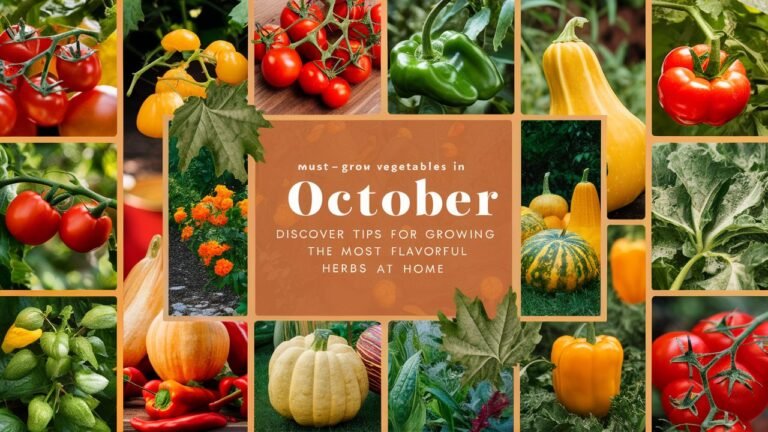15 Small Garden Layout Ideas for All Year Round
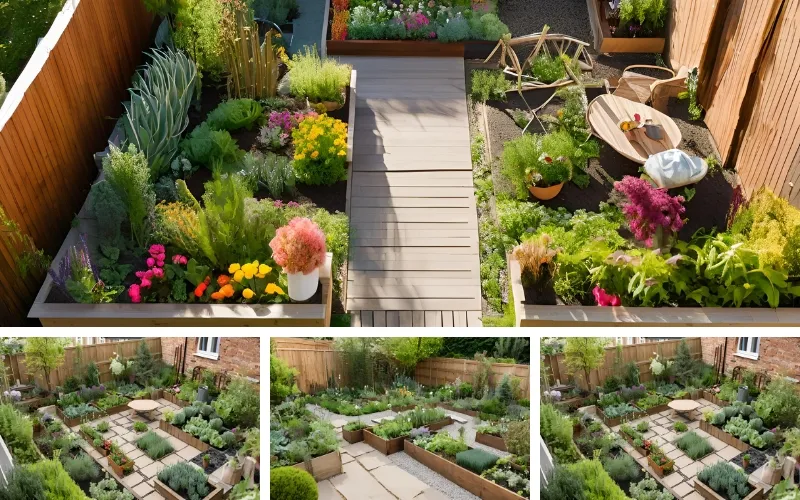
Small gardens can be tricky to design, but they’re perfect for trying new ideas. With some planning, even a tiny space can become your favorite outdoor spot for relaxing, growing plants or having coffee with friends.
Check these 15 small garden layouts to show you what’s possible in a compact space. You can grow plants up walls, create a cozy corner that feels like a Mediterranean vacation, or design a mini wildlife haven. There’s an idea here for everyone, whether you love growing vegetables or just want a peaceful place to unwind.
Got a small backyard, tiny balcony, or little courtyard? Don’t worry about the size. These clever design ideas will help you turn any small outdoor space into a beautiful garden you’ll enjoy all year.
Table of Contents
15 Small Garden Layout Ideas
Small gardens hold endless possibilities when designed thoughtfully. Whether you have a tiny balcony or a compact backyard, these 15 layout ideas will help you create your perfect outdoor sanctuary.
1. Vertical Garden Paradise

Transform blank walls and fences into lush, living tapestries using vertical gardening techniques. Install wall-mounted planters, trellises, or pocket gardens to grow herbs, flowers, and even vegetables. This space-saving approach brings life to otherwise unused surfaces.
The vertical design creates multiple growing layers, maximizing your limited square footage while adding visual interest. Consider installing an automatic irrigation system to make maintenance easier, and choose plants that thrive in your specific light conditions.
2. Multi-Level Garden Tiers

Create depth and interest by incorporating different heights through raised beds, stepped planters, and terraced layouts. Start with taller plants at the back and gradually work your way forward with medium and low-growing varieties. This approach makes even the smallest space feel larger.
Use lightweight materials like cedar or composite decking to build your tiers. The varying levels not only maximize growing space but also improve drainage and create distinct zones for different plant types, from shade-loving ferns to sun-worshipping succulents.
3. Circular Design Flow

Design your garden with a circular flow pattern using curved pathways and rounded planting beds. This organic layout softens the space and creates an illusion of a larger area. Central focal points, like a small fountain or decorative pot, anchor the design.
The curved lines naturally guide visitors through the space while eliminating harsh corners that can make small gardens feel cramped. Include small seating areas along the path to create peaceful spots for relaxation and garden appreciation.
4. Container Garden Clusters
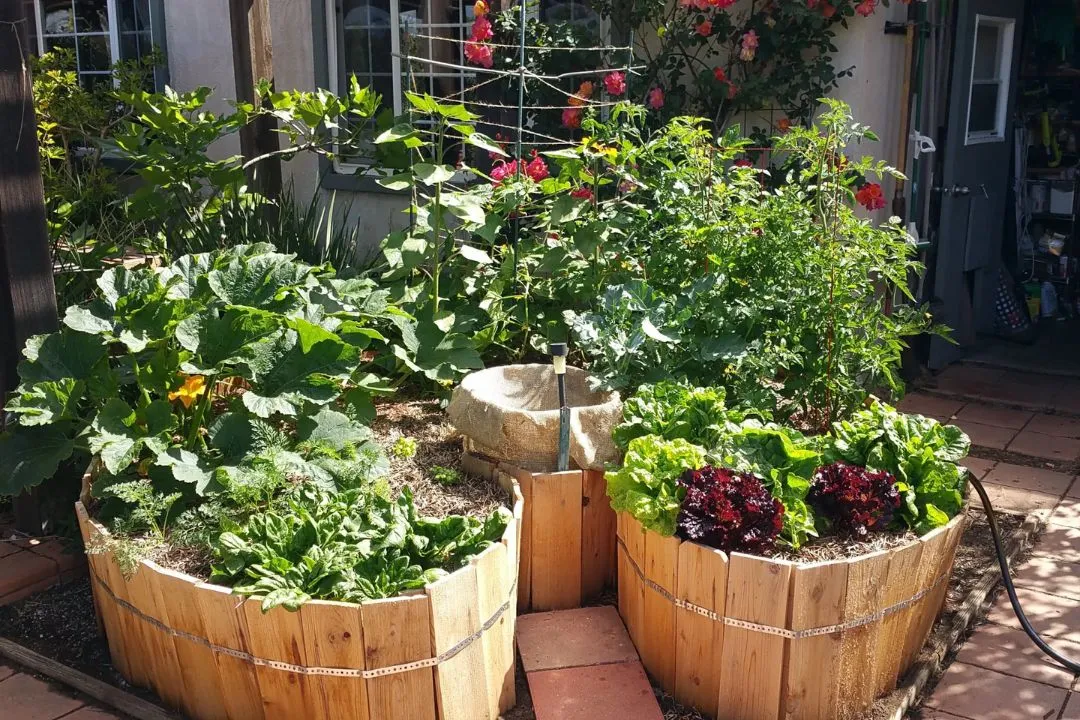
Group containers of various sizes and heights to create dynamic plant displays that can be easily rearranged. Choose lightweight, weather-resistant pots and place them on casters for mobility. This flexible approach allows you to adapt your garden as seasons change.
Mix and match container materials and styles while maintaining a cohesive color scheme. Create intimate gathering spaces by positioning larger containers as natural room dividers, defining separate areas within your small garden.
5. Japanese-Inspired Minimalism
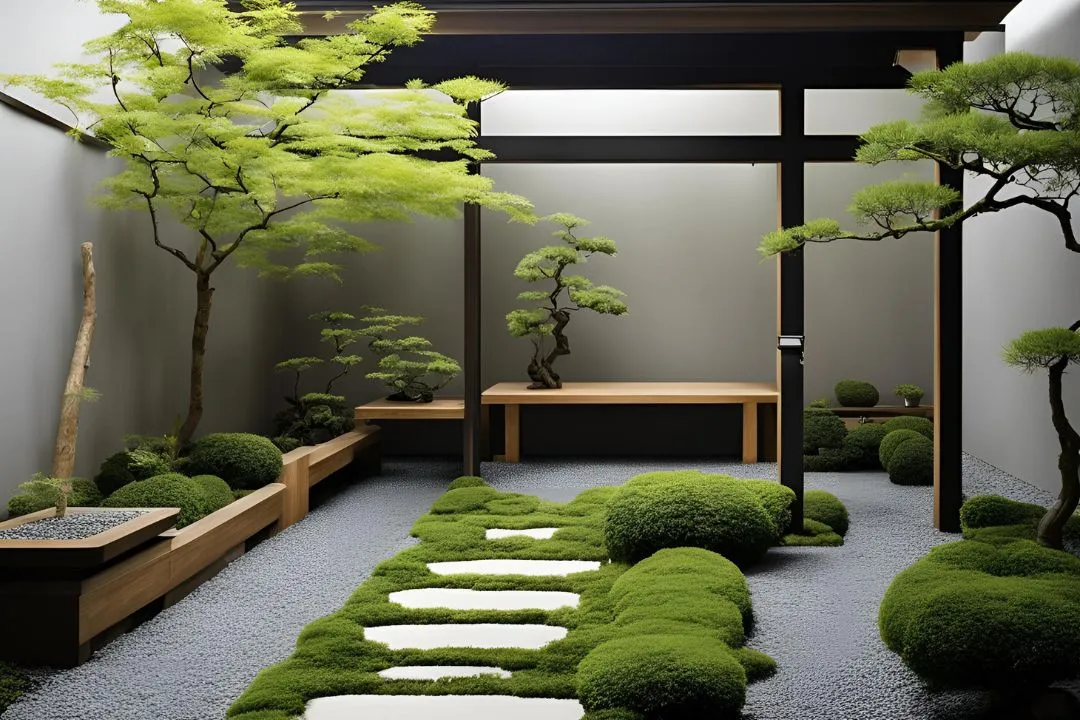
Embrace the less-is-more philosophy with a Japanese garden design. Focus on a few key elements: a small water feature, carefully placed rocks, and select plants like bamboo or Japanese maples. Use gravel or sand to create clean, open spaces.
The minimalist approach prevents the garden from feeling cluttered while creating a sense of calm. Incorporate simple, geometric shapes and maintain clean lines to establish a peaceful atmosphere that feels spacious despite size limitations.
6. Edible Garden Grid
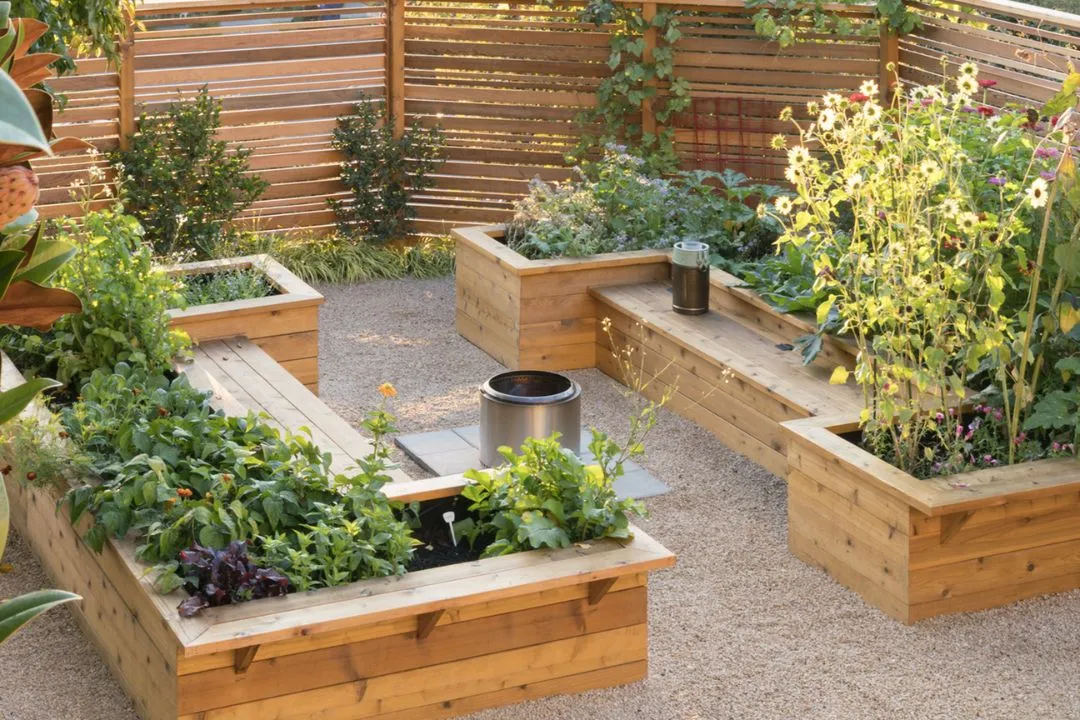
Design your space using the square foot gardening method with a grid of small, intensively planted beds. Each square foot houses different edible plants, from compact tomato varieties to leafy greens. This organized approach maximizes food production in minimal space.
Create clear pathways between beds for easy access and maintenance. Use companion planting principles to group compatible vegetables and herbs together, ensuring efficient use of space while promoting healthy plant growth.
7. Mediterranean Courtyard

Transform your small garden into a sun-soaked Mediterranean retreat using terracotta pots, warm-colored tiles, and drought-resistant plants. Create an intimate dining area surrounded by aromatic herbs like lavender, rosemary, and thyme.
Incorporate light-colored gravel or paving to reflect sunlight and brighten the space. Add Mediterranean-style decorative elements like mosaic tiles or a small olive tree in a statement pot to complete the warm, inviting atmosphere.
8. Wildlife-Friendly Haven
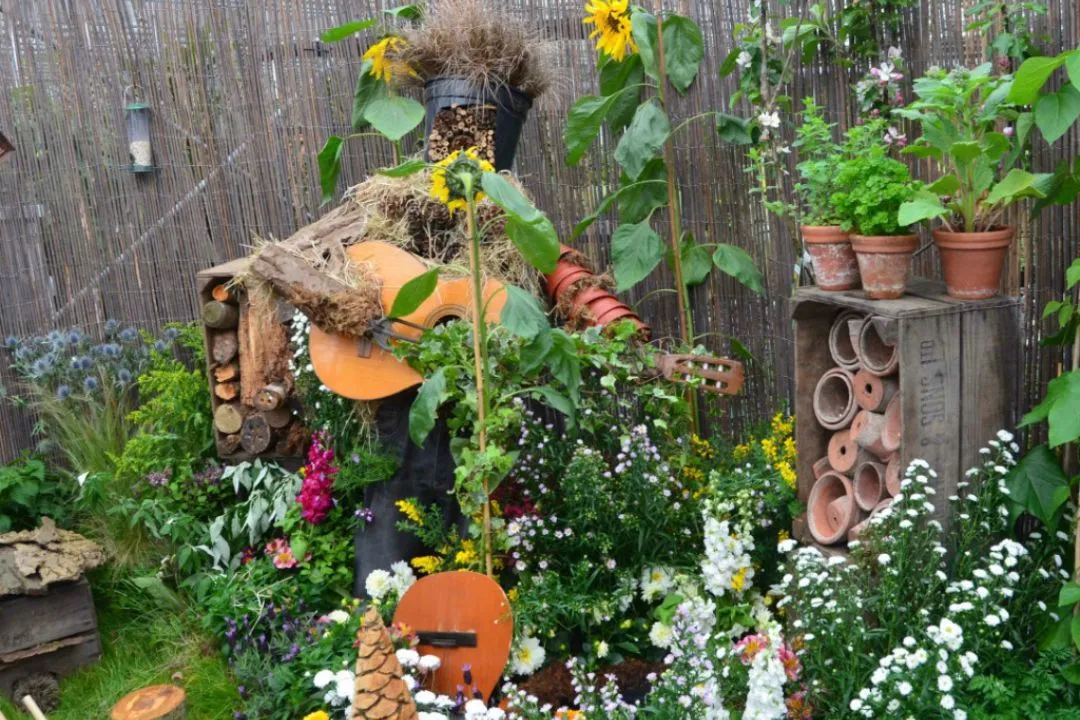
Design your small garden to attract local wildlife by incorporating native plants, a small pond, and feeding stations. Layer plants of different heights to create various habitats for birds, butterflies, and beneficial insects.
Include water sources like a shallow bird bath or mini pond feature. Select plants that provide food and shelter throughout the seasons, ensuring your garden remains a bustling ecosystem despite its compact size.
9. Urban Food Forest
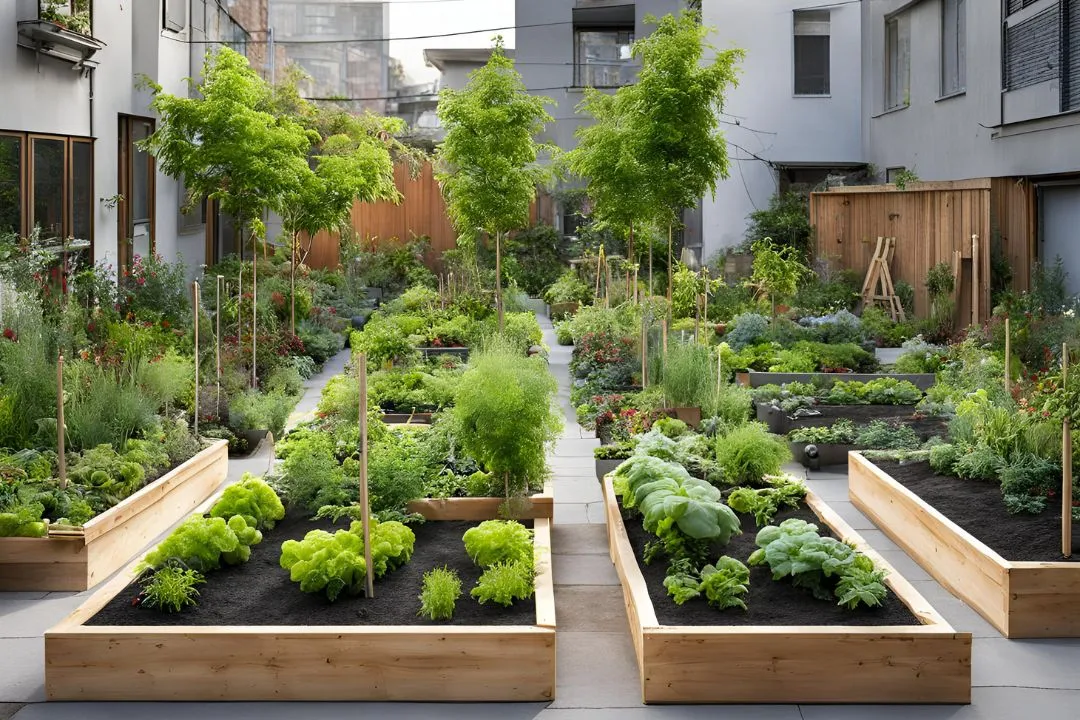
Create a multi-layered edible landscape by combining dwarf fruit trees, berry bushes, and ground-cover herbs. Use vertical space for climbing vegetables and espalier fruit trees against walls or fences. This approach maximizes food production in limited space.
Incorporate edible flowers and herbs as attractive borders and ground covers. Plan your plantings to ensure year-round harvests, with different crops maturing at different times throughout the growing season.
10. Pocket Garden Rooms
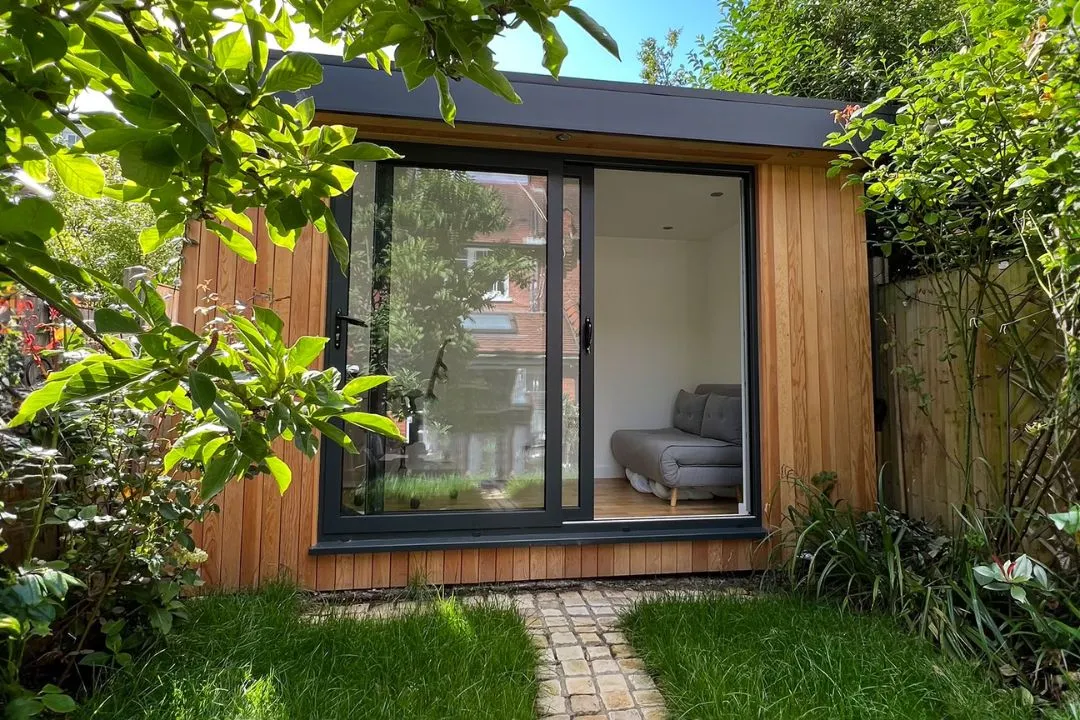
Divide your small space into distinct “rooms” using strategically placed plants, screens, or small structures. Create separate areas for dining, relaxing, and gardening. This approach makes the space feel larger by revealing different areas gradually.
Use climbing plants on dividers to soften boundaries between spaces. Each room should have its own character while maintaining a cohesive overall design through consistent materials or color schemes.
11. Water-Wise Xeriscape
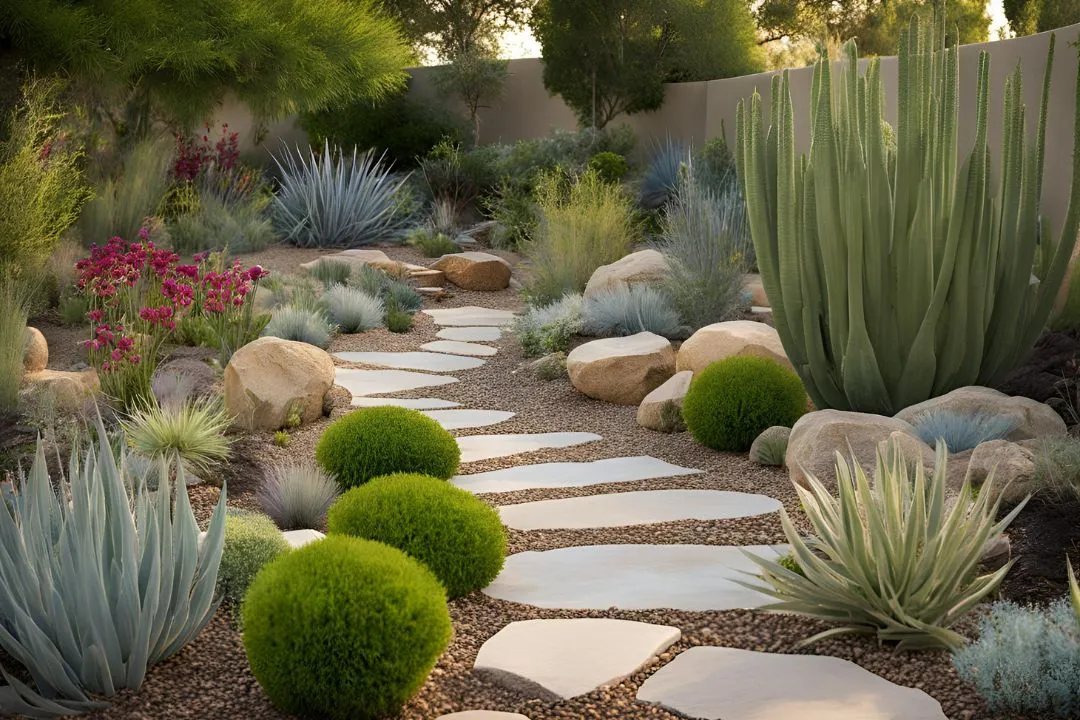
Design a low-maintenance, drought-resistant garden using gravel, rocks, and water-wise plants. Group plants with similar water needs together and incorporate meandering paths to create interest. This approach works well in sunny, dry locations.
Use mulch extensively to retain moisture and reduce maintenance. Select plants like succulents, ornamental grasses, and native species that thrive with minimal water, creating a sustainable garden that’s both beautiful and practical.
12. Secret Garden Nook

Transform a small corner into an enchanting retreat using climbing vines, overhanging plants, and intimate seating. Create a sense of enclosure with arbors or trellises covered in flowering climbers like jasmine or clematis.
Add magical touches like fairy lights, mirrors to create depth, and comfortable seating. Layer plants to create a cozy, enclosed feeling while maintaining enough open space to prevent claustrophobia.
13. Symmetrical Formal Garden
Create a classic, formal garden design using symmetrical layouts and geometric shapes. Center the design around a focal point like a small fountain or statue. Use low-growing boxwood or similar hedging plants to define clean, crisp lines.

Balance the formality with softer plantings within the geometric framework. This approach brings order to small spaces while maintaining visual interest through carefully planned repetition and structure.
14. Tropical Paradise
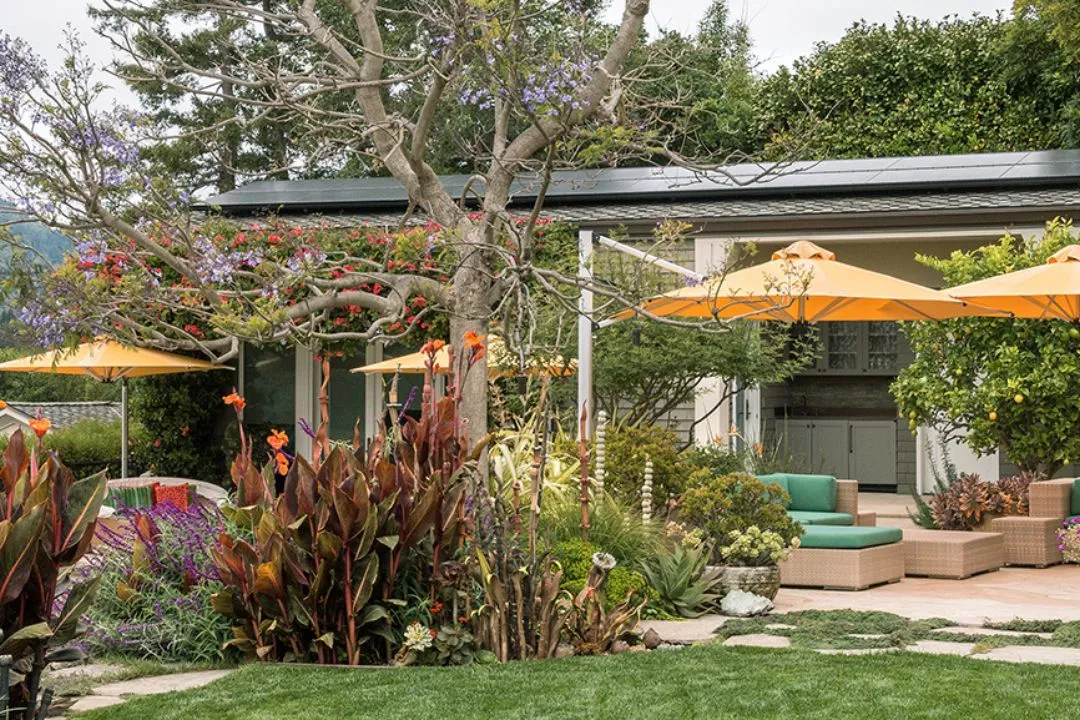
Design a lush, exotic garden using large-leaved plants, vibrant flowers, and dramatic foliage. Layer plants of different heights and textures to create a jungle-like atmosphere. Include features like bamboo screens or a small water feature.
Choose tropical-looking plants that suit your climate, focusing on those with bold shapes and colors. Create intimate pathways through the foliage to make the space feel like a personal jungle retreat.
15. Modern Minimalist

Embrace clean lines and simple geometry with a contemporary design. Use a limited color palette and focus on form over decoration. Incorporate modern materials like steel planters, architectural plants, and simplified water features.
Create contrast through different textures and materials rather than complicated plantings. This approach keeps the space feeling open and uncluttered while maintaining strong visual impact through careful design choices.
Recommended Articles:
Conclusion
Your small garden can be anything you want it to be. Pick from these 15 layouts to create a space that fits your needs and style. The secret to a great small garden is simple. Use your space wisely, grow upward when you can, and create different areas for different activities.
With some creative thinking and good planning, even the smallest outdoor space can become your own little piece of paradise. So, why don’t you give it a try? Try any of these layouts!






